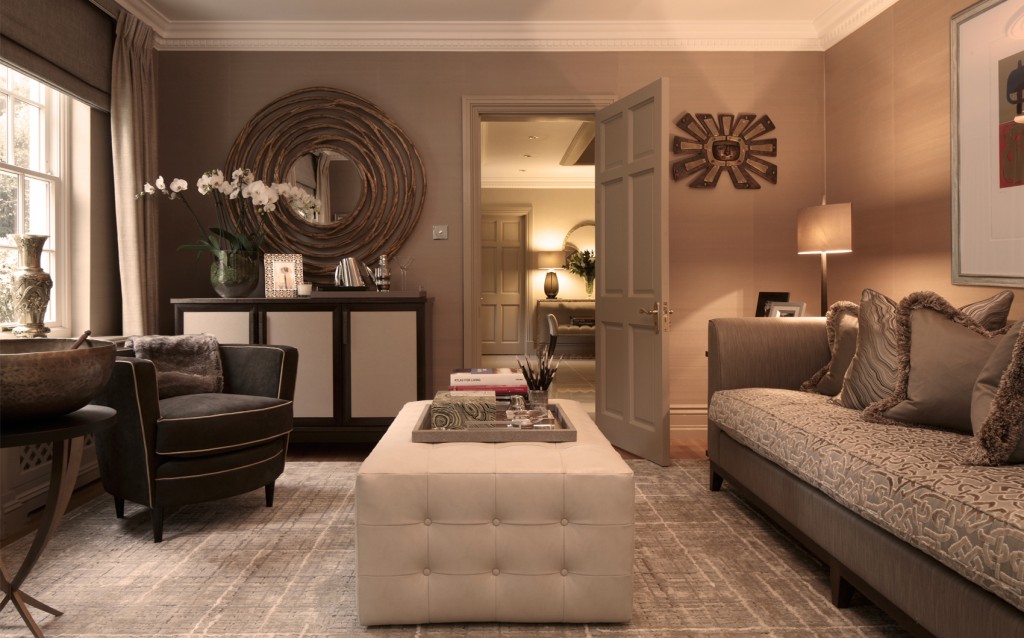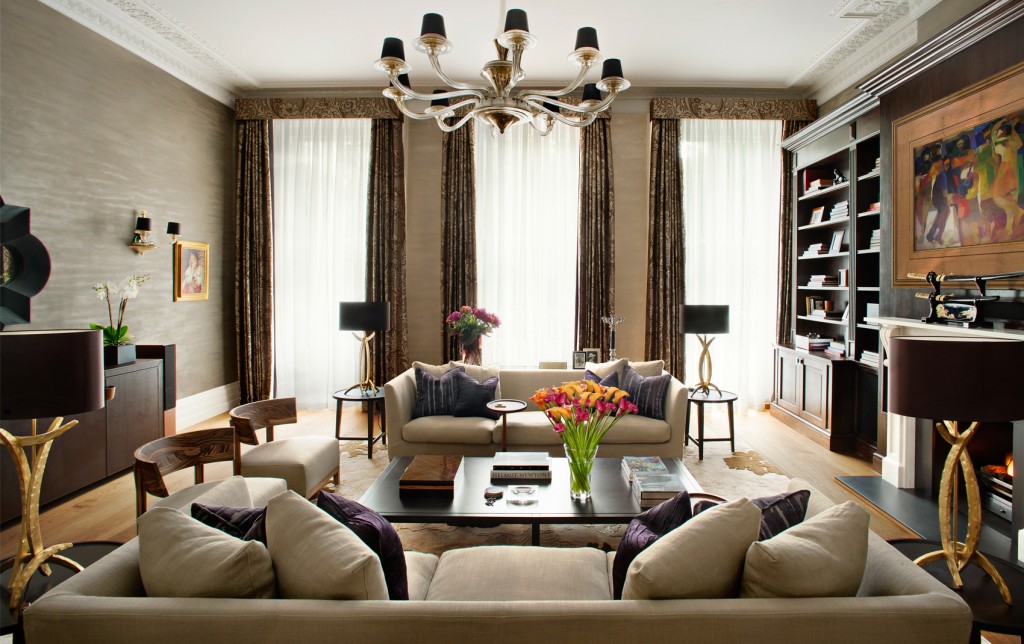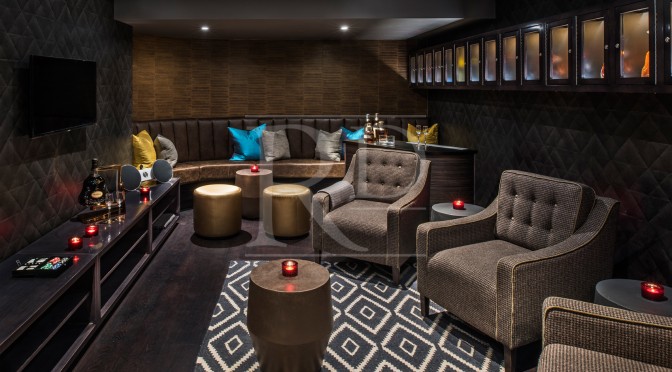Once described as the “supporting cast to the leading lady, the sofa”, side tables have a unique role in a room. They are essential components, yet sometimes considered merely practical and, as a result, are often overlooked. They can add aesthetic value yet shouldn't distract from a room's focal point or conflict with any of the other elements in that space. Choosing a side table is all about harmony, a delicate balance between your own personal preferences and the basic standards of design. An interior decorator will know exactly what those standards are, and here are some of the top tips for getting it right.

Location
First, consider the location of a side table. In a sitting room, this is traditionally at either end of the sofa, but the site should also be determined by how a space works for you and what your priorities are. For example, is entertaining an important part of your life at home? If so, a table as somewhere to put drinks and nibbles near seats for guests will be a practical choice. Or, do you want a table to act as a pedestal, to add height to scheme, for displaying a sculpture? Do you have a floor lamp nearby for reading, in which case a side table with a wider surface would be needed for books? Would a little extra storage space be useful to have on hand? Is it for a lamp to add ambient or task lighting, or simply for decorative purposes such as a collection of photo frames?
Once you've decided how and where you'll be using a coffee table or side tables, height is the next consideration. If it's for entertaining purposes, ideally you want a side table slightly taller than the arms of your sofa for easy reach–too high and your guests will struggle to deal with an awkward angle, incurring possible unwelcome spillages and dry cleaning bills, but too low and the table will get “lost”, resulting in a piece of furniture that is seldom used but takes up valuable space.

Shape
Next is the choice of shape. This very much depends on space, aesthetics and the other pieces of furniture in the room, along with the general interior design of the space. Round tables require more clearance space but are easier to navigate around in a smaller area. They also have visual appeal and help break up a scheme that is beginning to look too angular or linear. Alternatively, if you have soft furniture with rounded lines, a table with clean, straight lines adds variety to the look. A square shape is also a good connecting piece when you have two sofas or a sofa and chair at right angles to each other. Not only does this create a continuous flow, but it also provides equal table top reach from both seating areas.
Materials
When it comes to materials, wooden tables are a natural choice, but if you have wooden floors, make sure that the furniture is either darker or lighter, or they'll have a tendency to disappear. If you want to make a statement in your room, incorporating metal, glass or stone in a side table can energize an area, adding a touch of glamour and luxury interior design. Similarly, if you want to create a sense of light and space, go for a design with a slender pedestal and a slimline table top. Other reflective surfaces, when used judiciously, can also add a little touch of indulgence to a room.
Side tables can match the style of the other furniture in a room, although a matching look might feel contrived, or they could make a statement by being distinctly and fabulously dissimilar. If you prefer the latter and need more than one table, choose designs that are similar in size and visual weight for a sense of cohesion.
Generally, side tables, in the theatre of your home, make wonderful understudies, supporting the main attractions and stars of the show, yet they're not too pushy as to overwhelm the performance as a whole–the Robin to Batman of small furniture, if you will.
